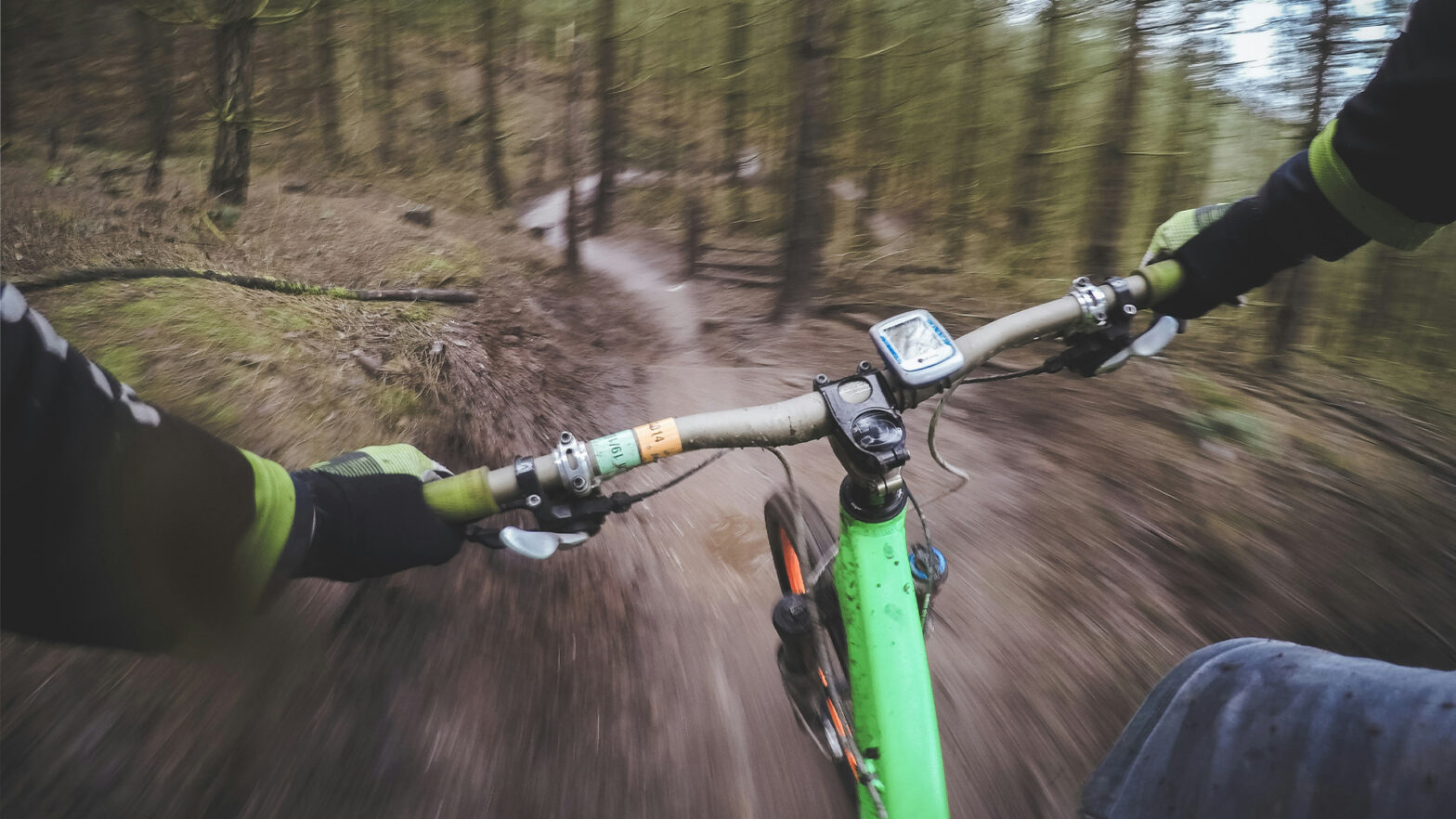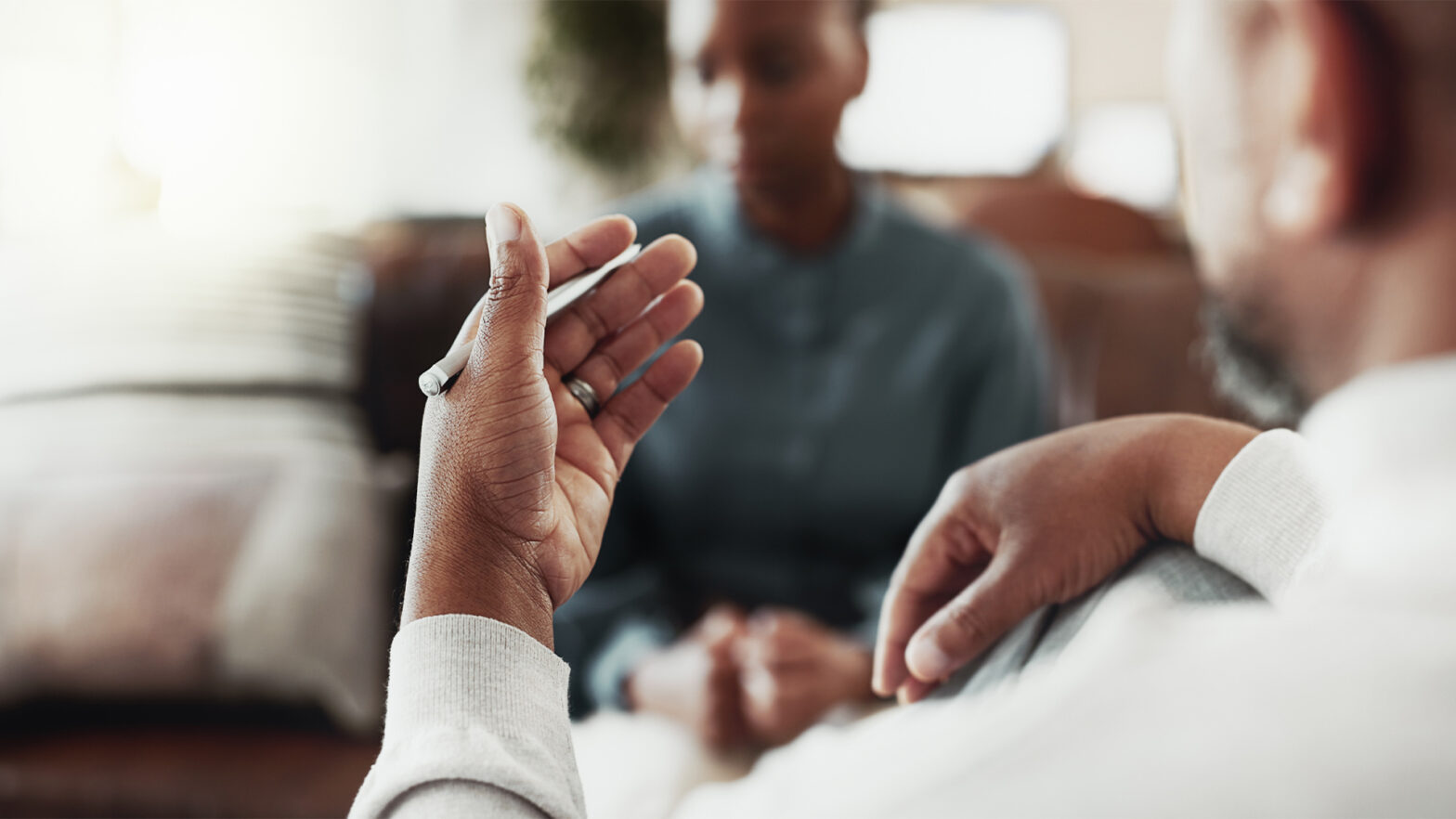
According to cycling statistics from 2022, the average individual went on around 15 bike rides, covering a total distance of 57 miles. Whether you’re a competitor at heart or simply want to feel like you’re getting the most out of your journeys, finding ways to improve cycling performance could be the key to getting more active on your bike.
This is where technology can add to the already plentiful benefits of cycling, making improving all aspects of your exercise more accessible than ever. Ben Mercer from Leisure Lakes Bikes, a leading retailer of e cycles and many other quality bikes in the UK, has outlined some key apps and technologies that could improve your cycling ability.
Optimising your routes
One of the advancements in technology that has had a positive impact on your quality of life outside of cycling, as well as your training and riding, is how improved GPS and route planning have become. Every smartphone now has built-in GPS capabilities to see where you are, your destination, and the distance and time it’ll take to reach it.
While they’re great for basic route planning, using purpose-built apps can give you more details about your journeys. Strava is one of the best on the market and offers in-depth stats on your rides, ranging from speed, time, calories burned, and elevation in the free version to freshness, fatigue, and segment analysis of your rides.
This means you can use the service to review your routes and plan to get more from your journeys. Alternatively, if your routes tend to take longer to complete, you may not see the most benefits you could be getting. You could use the app to break down where you see the most stress in your journey and draw your focus for shorter journeys there.
Ben Mercer notes how important route reviewing can be to improving your cycling: “When we’re cycling in the moment, it can be easy to dismiss the hard parts as simply being difficult. This is why the data is so crucial to improvement, as once you’ve identified the sticking points in your rides, you can focus on your training on getting better at them.”
Heartrate monitoring
Having information on your physical health while riding can help you better understand how your body responds to the activity and exercise. Visualising your body’s response means you can adjust how you approach your cycling and training to improve and maintain your fitness levels for more optimal training and recovery.
This technology has become even more commonplace in everyday life thanks to smartwatches becoming more popular. In fact, market insights from Statista found that the fitness tracker industry is expected to reach £1.17 billion in revenue by the end of 2024, showing just how much they’ve entered public consciousness.
Wattson Blue is one app many in the cycling community could embrace to prevent overtraining. The focus of the platform is as a recovery program which can track your resting heart rate and its variability, along with your sleeping patterns. This can be entered manually or synced with your Apple Health app and connected with Strava for analysis and training feedback.
Power meter pedals
They say you never forget how to ride a bike, but one thing you may not realise is how much energy is lost through inefficient power being used to pedal. Some cyclists may find building their training around power output and management to keep their rides consistent, no matter what time of day, weather conditions, or exhaustion levels.
Power meters are a piece of technology that has moved out of the space of solely being used by pros into the hobbyist sphere, becoming more affordable than ever. They’re still quite a dear investment to make due to being a purpose-built tech product for the industry, but they’re significantly cheaper and more accessible than they have been in previous years.
4iiii is one company that has strived to make these products more accessible, with their app available on iOS and Android devices. Once installed on your bike and you get used to it, it can have a huge impact on how you train and perform on each ride.
Whether you’re a casual cyclist or looking to take it more seriously, using technology to optimise your rides can be a huge game changer. By investing time in learning how to use the software and accessories, installing them, and getting familiar with them, you can improve your bike performance and overall fitness.



















